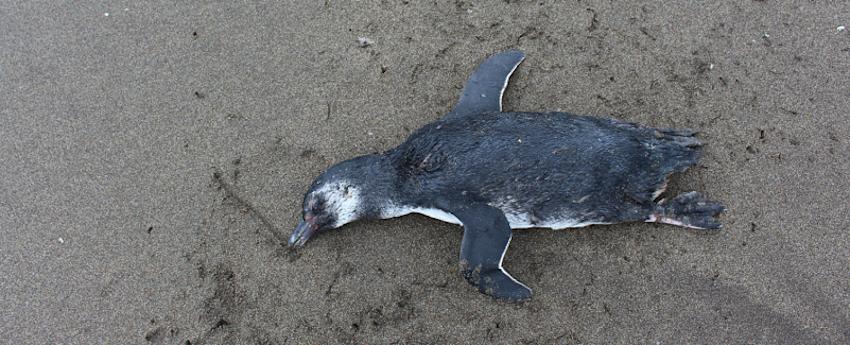Influenza aviar en Chile: Primer semestre se cierra con más de 15 mil animales muertos - RPER NOTICIAS

Bird flu has become a concerning issue in Chile, with over 15,000 animals dying in the first half of this year alone, according to a shocking report by RPER NOTICIAS. This article grabbed my attention as it sheds light on the impact of avian influenza and the potential risks it poses to both animals and humans.
In my own words, the main points of the article are clear: there has been a significant increase in avian influenza cases in Chile, resulting in a staggering death toll of more than 15,000 animals in just six months. This highly contagious virus affects poultry, such as chickens and turkeys, leading to severe respiratory issues and, in many cases, death. It is primarily transmitted between birds but can also infect humans in rare cases.
It is worth mentioning that avian influenza is not a new phenomenon. Over the years, we have witnessed outbreaks in different parts of the world, causing significant economic losses and posing potential public health risks. The virus can mutate rapidly, making it challenging to develop effective vaccines. Therefore, containing its spread requires swift and coordinated action from authorities, farmers, and the general public.
Avian influenza outbreaks can have far-reaching consequences. In addition to the direct loss of animal life, they can seriously impact the poultry industry, leading to decreased production and increased costs. Moreover, as the virus can potentially transmit to humans, it raises concerns about public health. While human cases are relatively rare, they can result in severe respiratory illness or even death.
In conclusion, the alarming number of avian influenza-related deaths in Chile highlights the urgent need for increased vigilance and preventative measures. Authorities should work closely with farmers to implement biosecurity measures that minimize the risk of virus transmission. It is crucial to remain informed and follow any guidelines provided by health authorities to protect both our feathered friends and ourselves from this worrisome disease.
Quick Links

